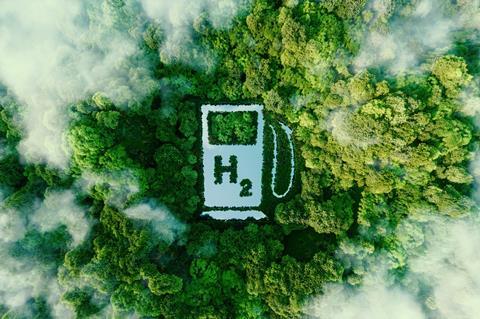The European Union has enacted two important regulations—Alternative Fuels Infrastructure Regulation (AFIR) and FuelEU—to promote hydrogen usage in transportation. These regulations set specific targets for hydrogen refueling stations and greenhouse gas emissions reductions, although challenges related to cost and availability may influence their impact.

Two significant pieces of EU legislation, the Alternative Fuels Infrastructure Regulation (AFIR) and FuelEU, have officially become law after their publication in the Official Journal of the European Union. These regulations aim to boost the use of Hydrogen in the transport sector.
The AFIR requires all 27 EU member states to ensure the establishment of publicly accessible hydrogen filling stations that can serve both heavy-duty and light vehicles. These stations must be located in every “urban node” and every 200 kilometers along the core routes of the Trans-European Transport Network (TEN-T) by 2030. The TEN-T core network connects major cities with ports, airports, and rail terminals across Europe and is expected to be completed by the beginning of the next decade.
Additionally, these hydrogen filling stations are mandated to have a minimum capacity of one tonne of hydrogen per day and a 700-bar dispenser. However, a 50% reduction in capacity is permitted if the road has an annual average daily traffic of fewer than 2,000 heavy-duty vehicles and if the deployment of infrastructure cannot be justified in socio-economic cost-benefit terms. Notably, non-compliance with AFIR regulations has led to the closure of some hydrogen refueling stations in Denmark.
Member states are further required to update their national policy frameworks with clear indicative targets for 2027 to meet the scale of refueling station deployment by the end of 2030.
In addition, FuelEU aims to significantly reduce the greenhouse gas intensity of ships operating in Europe. This reduction will be achieved through increased energy efficiency and the utilisation of renewable fuels of non-biological origin (RFNBOs), which includes renewable hydrogen and its derivatives like methanol, ammonia, or synthetic fuels.
Under FuelEU, all ships with a gross tonnage above 5,000, regardless of their flag, are obligated to reduce greenhouse gas emissions by 2% from the start of 2025 compared to a reference emissions intensity of 91.16 grams of CO2 equivalent per MJ of energy used. This reduction requirement progressively increases to 6% from 2030, 14.5% from 2035, 31% from 2040, 62% from 2045, and ultimately 80% from 2050.


















